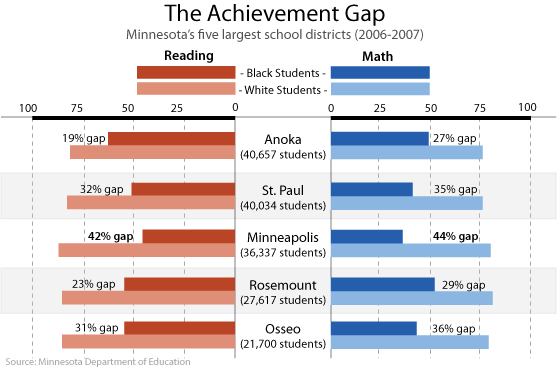 In this reading, Ira Shor describes what is empowering education and how it differs to traditional pedagogy. Empowering teachers negotiate with their students and they share the authority by allowing students to participate fully in their learning experience. It is important to create a classroom in honor to the system that funds it; democracy. Our country is driven by "freedom of speech" and critical thinking, and our educational institutions should be developing students for the society they will be participating in. So it seems absurd to me why most classrooms are representing authoritative pedagogy where students are taught to follow orders and to answer questions. In these traditional classrooms, students depend on authority and adhere to memorization. In "Aria" by Richard Rodriguez, he describes the difficulties of assimilation and we see how his cultural identity was lost. He could barely communicate with his parents because he was so preoccupied in fitting into society. Traditional classrooms strip children from their curiosity, interest in learning, and cultural identity. These institutions seek to form unilateral beings by eradicating their dynamic learning abilities and restrict them to simply following orders. Free-education is a triumph of democracy and it's about time that our education commemorates this achievement.
In this reading, Ira Shor describes what is empowering education and how it differs to traditional pedagogy. Empowering teachers negotiate with their students and they share the authority by allowing students to participate fully in their learning experience. It is important to create a classroom in honor to the system that funds it; democracy. Our country is driven by "freedom of speech" and critical thinking, and our educational institutions should be developing students for the society they will be participating in. So it seems absurd to me why most classrooms are representing authoritative pedagogy where students are taught to follow orders and to answer questions. In these traditional classrooms, students depend on authority and adhere to memorization. In "Aria" by Richard Rodriguez, he describes the difficulties of assimilation and we see how his cultural identity was lost. He could barely communicate with his parents because he was so preoccupied in fitting into society. Traditional classrooms strip children from their curiosity, interest in learning, and cultural identity. These institutions seek to form unilateral beings by eradicating their dynamic learning abilities and restrict them to simply following orders. Free-education is a triumph of democracy and it's about time that our education commemorates this achievement.Not all students follow the rules of traditional education, and many of them resist conformity in forms of misconduct, disrespect, and frustration towards the teacher. Learning then becomes based on good behavior rather than understanding the material. In "Tracking: Why School Need to Take Another Route" by Jeannie Oakes, low performing classrooms are centered around discipline rather than learning and fall behind from the high performing groups. Lectures and authoritarian classes are perceived to be dull and cause students to feel less intrigued or motivated in learning. Low motivation is often misjudged to be low achievement and the students who refused to conform are considered remedial. Teachers should be embracing critical thinkers and teaching our students to question the existing norms. Teachers could empower students easily just by having high expectations for them and allowing them to participate in the curriculum designed to educate them.
Ms. Gruwell from the movie "Freedom Writers", is the ideal example of an empowering teacher. I am sure that if every teacher in the US watched this movie at least once, our education should be able to move on from traditional pedagogy and establish an empowering education where all students could participate in their learning experience, just like her students.
In my high school, following the curriculum was a daily battle for many of my teachers. Either they couldn't keep up with the curriculum or they didn't want to teach the books enforced by the curriculum. However, they were required by contract to comply with the curriculum written by the school board. As future teachers, how can you establish participatory classrooms for your students without compromising the school's curriculum? Do you think breaking away from the curriculum would benefit the students? Should you break away from the curriculum?
A few weeks ago, many of us attended the Promising Practices conference where Dr. Emdin was the keynote speaker and gave a motivational speech about hip-hop education. This is a video of a Ted Talk Dr. Emdin gave and he speaks about empowering students in urban education




.jpg)

